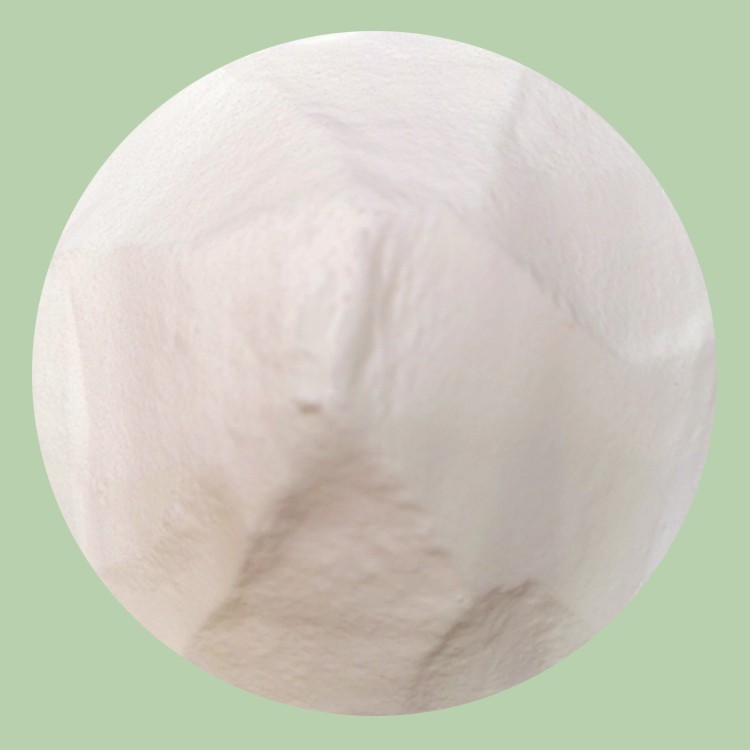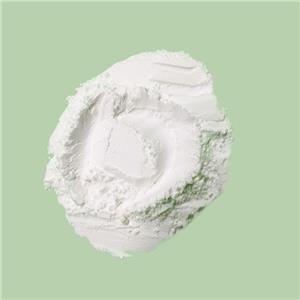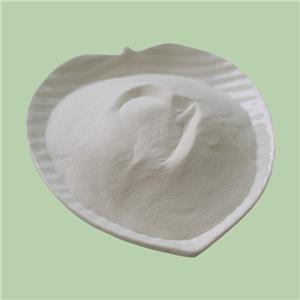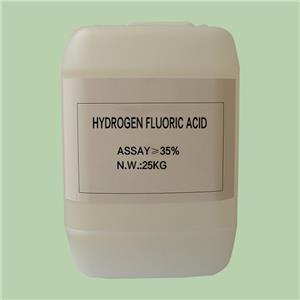The Crucial Role of NaBF4 in Enhancing Nickel Electroplating
Sodium fluoroborate (NaBF4) plays a crucial role as an additive in the electroplating process, particularly in nickel electroplating, where it significantly enhances the quality and properties of the resulting nickel layer. This article provides an in-depth exploration of the working principles and applications of NaBF4 in nickel plating, emphasizing its vital role across diverse industries.

The working principles of NaBF4 in nickel electroplating
NaBF4, being a highly soluble ionic compound in water, undergoes dissociation during nickel electroplating. The fluoride and borate ions interact with nickel ions, initiating a complex reaction. Fluoride ions act as a flux, reducing the surface tension of the plating solution, facilitating a faster and smoother deposition of nickel onto the substrate.
Simultaneously, borate ions function as buffering agents, maintaining the pH of the plating solution and preventing the formation of toxic nickel(II) hydroxide. Hydrogen ions released during the electroplating process react with borate ions, forming boric acid. This serves as a buffer, ensuring the pH remains within an optimal range. Consequently, the electroplating process remains efficient, and the risk of hydrogen embrittlement in the deposited nickel layer is mitigated.
Additionally, NaBF4 contributes to enhancing the quality and properties of the electroplated nickel layer. Its addition increases the plating solution's conductivity, improving current distribution and reducing the likelihood of uneven deposition. Moreover, NaBF4 enhances corrosion resistance, ductility, and hardness of the deposited nickel layer, resulting in a more durable and wear-resistant product.
The applications of NaBF4 in nickel plating
The utilization of NaBF4 in nickel plating is widespread across diverse industries, including automotive, aerospace, electronics, and jewelry. The applications of nickel electroplating vary based on specific requirements, encompassing decorative and functional coatings, corrosion protection, and electrical contacts.
1、Decorative Coatings
The electroplating of a thin nickel layer onto jewelry and decorative items elevates both their appearance and durability. NaBF4 significantly improves the smoothness, brightness, and adhesion of the electroplated nickel layer, enhancing attractiveness and longevity. Improved adhesion minimizes the risk of delamination and blister formation, ensuring the sustained aesthetic properties of the product.
2、Functional Coatings
Electroplated nickel acts as an effective barrier against corrosion and wear in challenging environments. NaBF4 enhances the uniformity and thickness of the nickel layer, thereby improving its efficacy as a protective coating. A thicker and more uniform nickel layer provides superior corrosion protection by preventing corrosion from reaching underlying metals. It also enhances wear resistance by reducing the contact between the metal surfaces, thereby lowering the wear rate.
3、Electrical Contacts
The exceptional electrical conductivity and wear resistance of electroplated nickel make it an ideal material for electrical contacts. NaBF4 improves the adhesion and hardness of the thin nickel layer, rendering it more suitable for applications where reliability and longevity are critical. Increased adhesion strength ensures robust bonding, reducing the risk of detachment and flaking of the nickel layer. Additionally, improved hardness enhances the durability and wear resistance of the nickel layer, extending the lifespan of electrical contacts.
Sodium fluoroborate stands as an indispensable additive in the nickel electroplating process, functioning as both a flux and buffering agent to enhance the quality and properties of the deposited layer. Its widespread applications in various industries, spanning decorative and functional coatings, corrosion protection, and electrical contacts, underscore its importance. Understanding the working principles and applications of NaBF4 is crucial for designing and optimizing the nickel plating process for specific industrial needs, highlighting the pivotal role of scientific discoveries in industrial applications.




